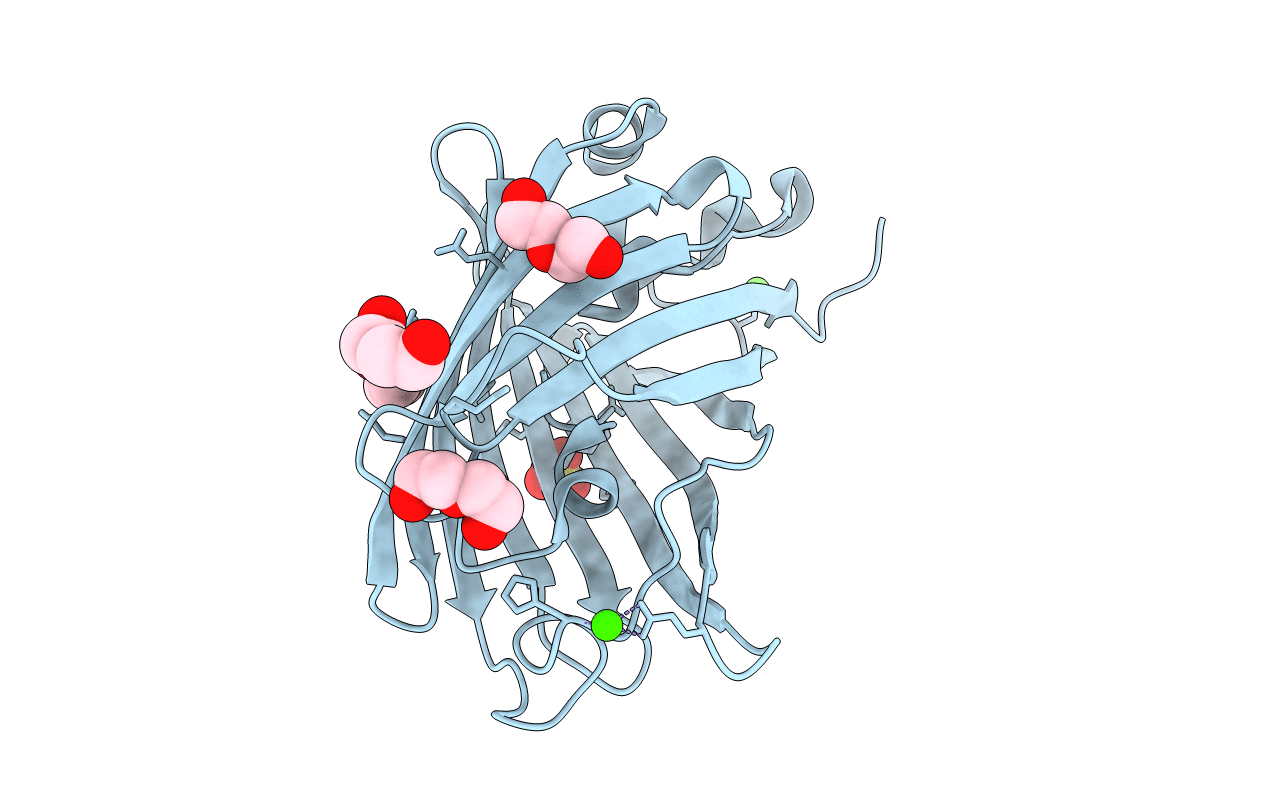
Deposition Date
2012-04-25
Release Date
2012-10-03
Last Version Date
2024-11-27
Entry Detail
PDB ID:
4EUL
Keywords:
Title:
Crystal structure of enhanced Green Fluorescent Protein to 1.35A resolution reveals alternative conformations for Glu222
Biological Source:
Source Organism:
Aequorea victoria (Taxon ID: 6100)
Host Organism:
Method Details:
Experimental Method:
Resolution:
1.35 Å
R-Value Free:
0.16
R-Value Work:
0.12
R-Value Observed:
0.13
Space Group:
P 21 21 21


